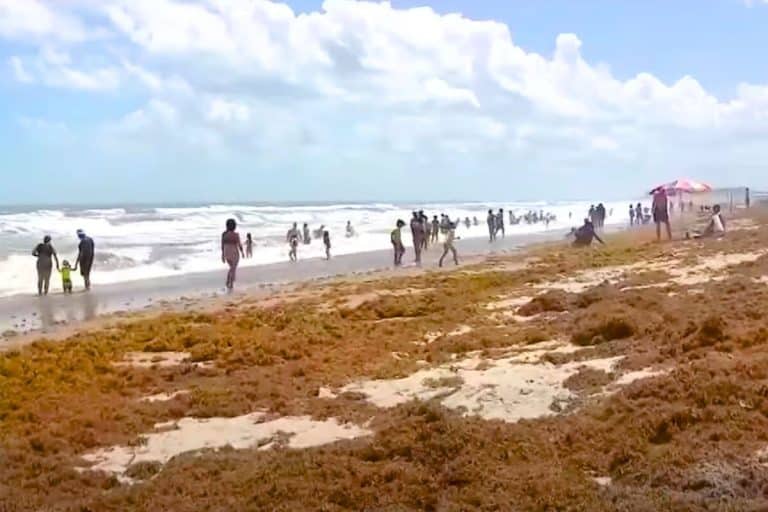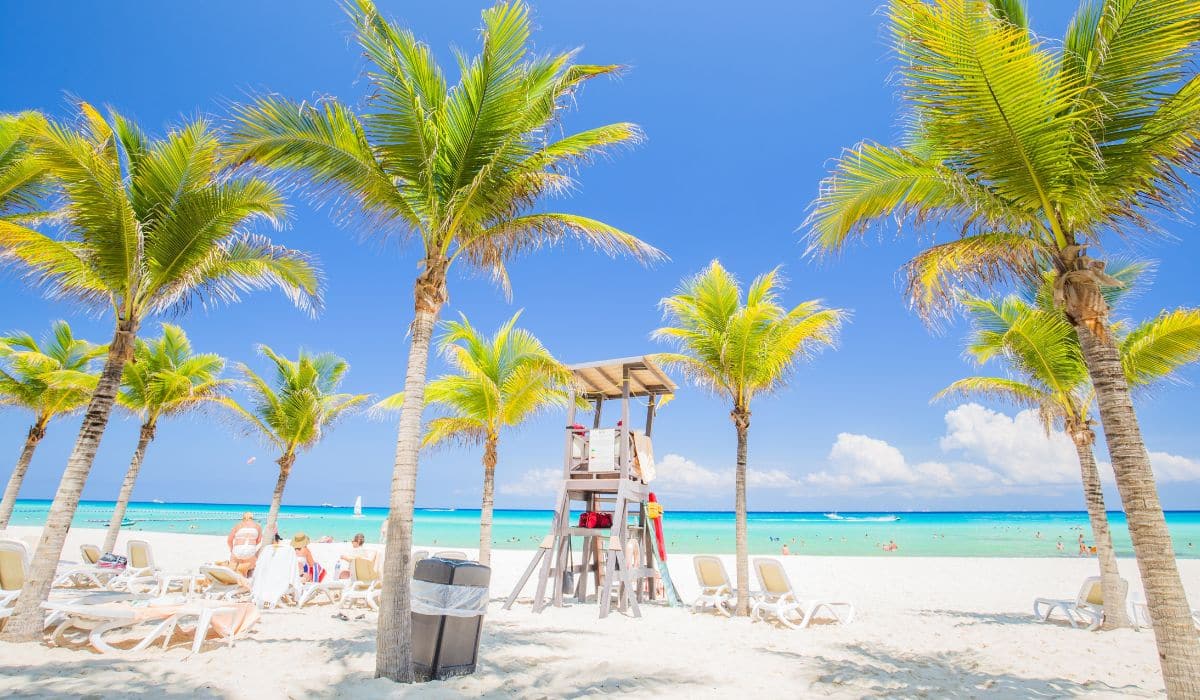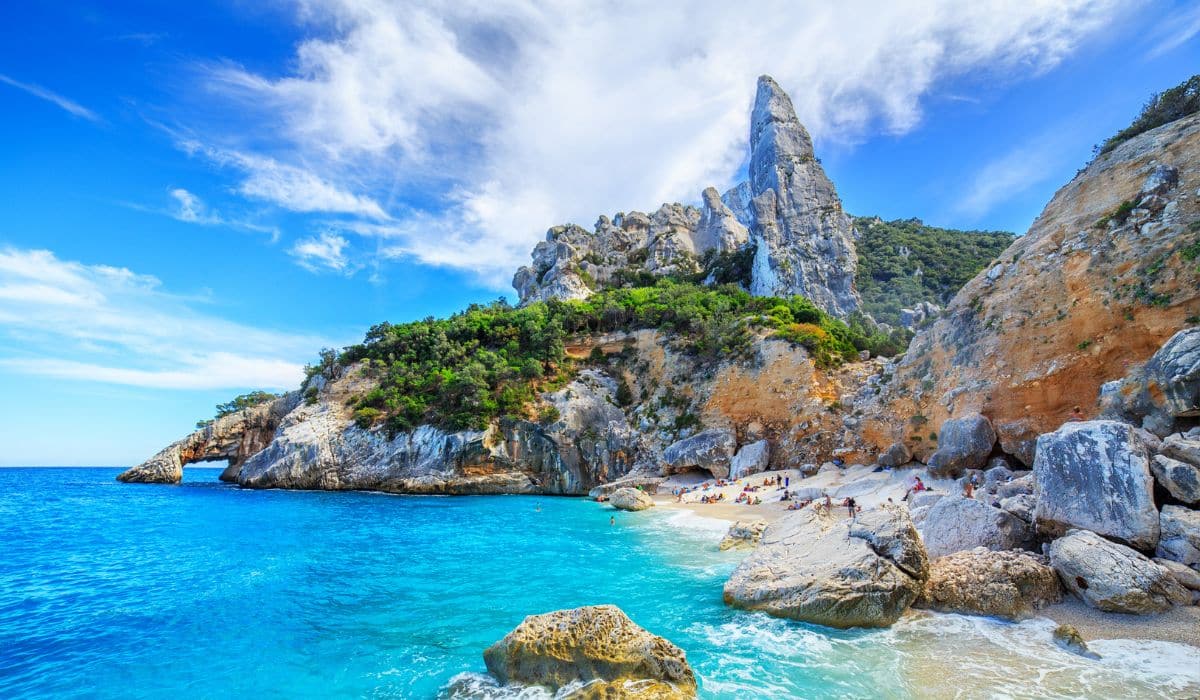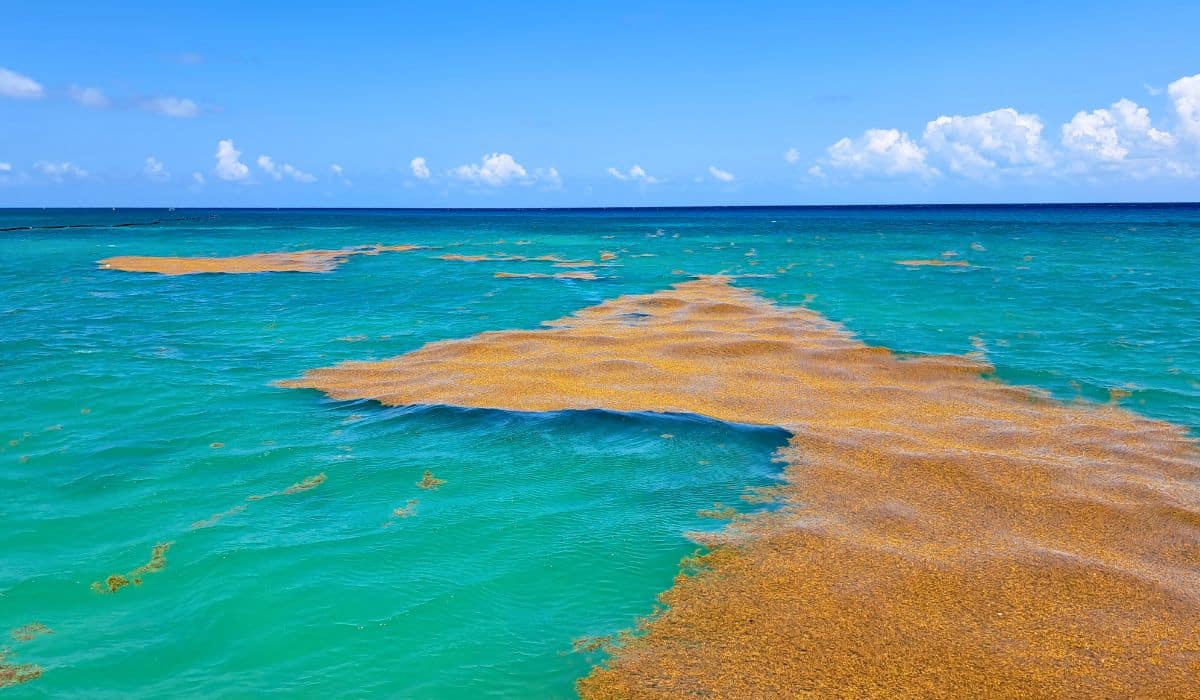Those who came to Central Florida for a relaxing beach vacation were met with piles of sargassum seaweed, which can be harmful to humans. Covering Cocoa Beach, Florida the invasion happens every year but this year it is hitting record numbers.
Related: Sargassum Seaweed In Florida: 2023′ Latest Updates
Unlike normal ocean seaweed, this seaweed has both a pungent smell and releases harmful chemicals when it decomposes. Along with a nasty rotten-egg stench, prolonged exposure can be dangerous for those with respiratory issues.

This March saw record numbers for the whole sargassum belt, measuring at 13 million metric tons, which is about .1% of the ocean’s surface. And according to Professor Chuanmin Hu, who teaches oceanography at the University of South Florida College of Marine Science, more seaweed floating in the eastern Atlantic right is going to come to Florida.
Professor Hu states that even more sargassum seaweed should be on the Florida shores as typically sargassum seaweed gathers by the end of May or early June on the Florida coasts.
He states that a combination of warmer oceans as well as nutrients from the ocean bottom coming to the surface are some of the reasons the sargassum blob is growing to be so large.
Miami-Dade County has already collected close to 5,000 cubic yards while Broward County so far has collected 920. This is close to 650 yards more than they collected compared to the same time this year.
As sargassum begins to overwhelm the beaches, counties are racing to come up with strategies to clean up both for the safety of humans and for animals. From turtle nesting and other items, there is a massive environmental aspect to this invasive seaweed.
The massive belt of seaweed is impacting the Yucatán Peninsula and the eastern Caribbean as well, with more to come over the next several weeks and months.






